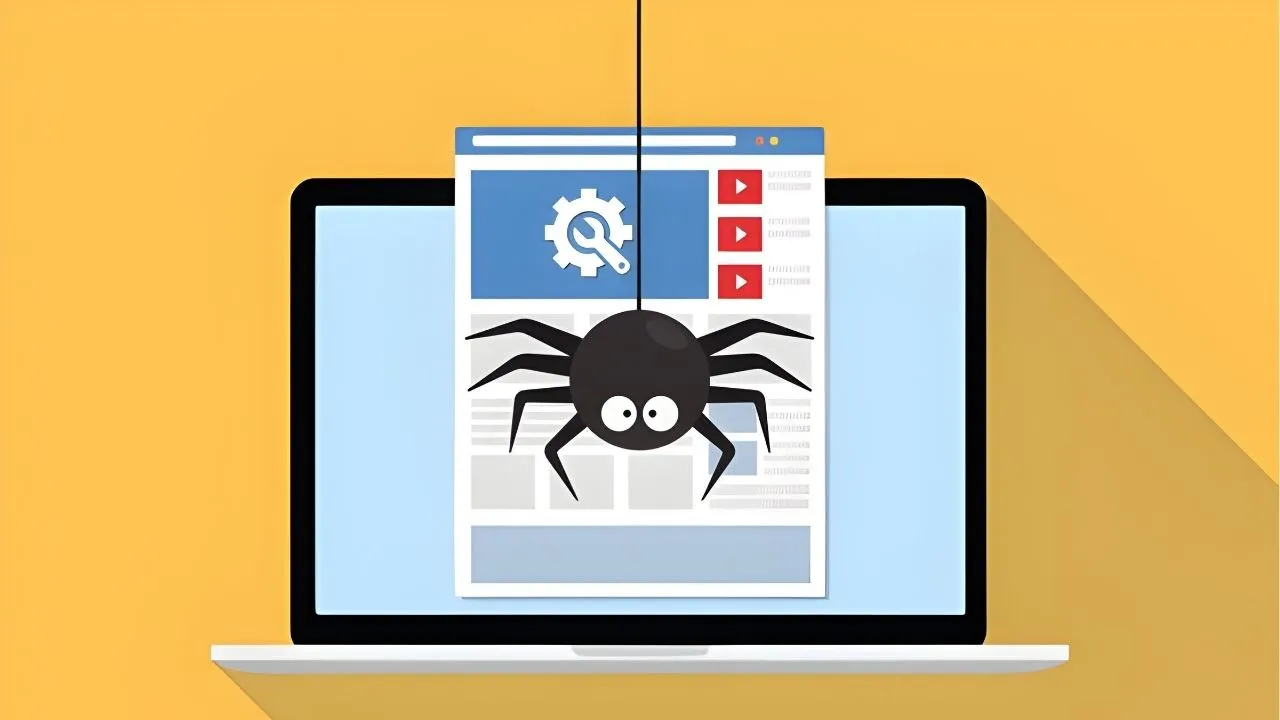
Table of Contents
Understanding crawlability is fundamental for anyone looking to optimize their website for search engines. It’s a critical aspect of SEO that determines how easily search engines can access and index your web pages.
In this article, we will explore what crawlability is, why it matters for SEO, and how you can improve it to ensure your site is effectively crawled and indexed by search engines.
What is Crawlability?
1. Definition:
- Crawlability refers to the ability of search engine bots to discover, navigate, and index the pages on your website. If your site is easily crawlable, search engines can effectively access your content and include it in their index.
2. Importance:
- Without proper crawlability, search engines may miss indexing important pages on your website, which can negatively impact your site’s visibility and rankings in search results.
3. Key Elements:
- Internal Links: The structure of your internal links significantly affects crawlability. Well-organized links help bots navigate your site more efficiently.
- Sitemaps: XML sitemaps guide search engines to your most important pages, ensuring they are crawled and indexed.
- Robots.txt File: This file instructs search engine bots on which pages to crawl and which to ignore, playing a crucial role in managing crawlability.
Why is Crawlability Important for SEO?
1. Ensures Comprehensive Indexing: Proper crawlability ensures that all significant pages on your site are discovered and indexed by search engines, which is essential for visibility in search results.
2. Enhances User Experience: A well-structured, crawlable website usually offers a better user experience, as it is logically organized and easy to navigate.
3. Optimizes Search Engine Performance: Search engines allocate a crawl budget, which is the number of pages they crawl on your site within a given timeframe. Improving crawlability helps make the most of this budget, ensuring more pages are indexed.
4. Identifies and Fixes Errors: Good crawlability practices help identify and fix errors that may prevent search engines from indexing your content, such as broken links or duplicate content.
How to Improve Crawlability
1. Optimize Internal Linking: Create a logical and hierarchical internal linking structure. Ensure that every page is linked to and from at least one other page on your site.
2. Use XML Sitemaps: Generate and submit an XML sitemap to search engines. This helps bots find your essential pages quickly and efficiently.
3. Regularly Update Your Content: Regularly updating your content signals to search engines that your site is active, encouraging more frequent crawling.
4. Check and Fix Broken Links: Regularly audit your site for broken links and fix them promptly to ensure smooth navigation for search bots.
5. Optimize the Robots.txt File: Ensure your robots.txt file is correctly configured to allow search engine bots to access important pages and resources on your site.
6. Improve Site Speed: Faster-loading pages improve crawlability, as search engines can crawl more pages in the same amount of time.
7. Use Canonical Tags: Implement canonical tags to avoid duplicate content issues and guide search engines to the preferred version of a page.
Conclusion on What is Crawlability in SEO
Crawlability is a cornerstone of effective SEO. By ensuring that search engine bots can easily navigate and index your site, you improve your chances of achieving higher rankings in search results.
Regularly auditing and optimizing your site’s crawlability can lead to better visibility, more traffic, and a more successful online presence.
Unlock Your Website’s Full Potential!
Need help optimizing your site’s crawlability? Softhat IT Solutions offers expert SEO services to enhance your website’s performance and visibility. Contact us for more information.
